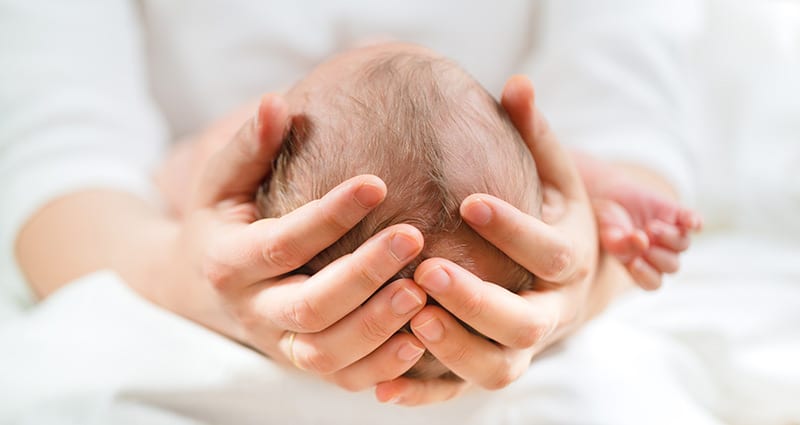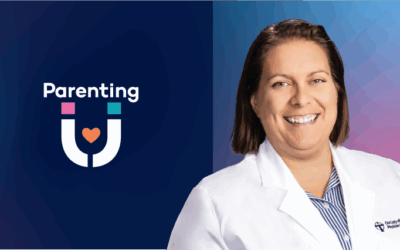Sometimes as a baby develops during pregnancy things don’t go according to plan. Cleft lips and cleft palates are birth defects that sometimes happen.
A cleft lip and cleft palate occur when a baby’s lip or mouth don’t form properly during pregnancy. A cleft lip can be discovered during the ultrasound, but often a cleft palate is only discovered at birth or later when the baby has feeding problems.
Whether a cleft lip, palate or other facial deformity is suspected in an ultrasound or detected at birth, Lisa Morris, MD, shares advice for what parents need to do.
Dr. Morris is a double Board Certified facial plastic and reconstructive surgeon who specializes in the reconstruction of children and adults with deformities of the face, head and neck. She is the co-director of Our Lady of the Lake Children’s Health Cleft and Craniofacial multidisciplinary team, which is nationally recognized and accredited by the American Cleft Palate-Craniofacial Association.
Prenatal Care
Dr. Morris’ most important recommendation is to seek care before baby is born or as soon as a problem is found. If a cleft lip or other facial deformity is suspected via an ultrasound, maternal fetal medicine will refer patients to Our Lady of the Lake Children’s Health Head & Neck Center. Parents would then begin prenatal discussions with the cleft and craniofacial team: co-directors, Dr. Morris and Laura Hetzler, MD, and feeding specialist Courtney Gonsoulin, CCC-SLP.
“The minute parents have a concern, or a problem is found on an ultrasound, that’s when we want them to come meet with our team,” Dr. Morris says. “The key thing is that we want to be involved as soon as possible.”
Establishing this type of care prenatally allows parents to educate themselves on the unique needs of a child with a cleft lip or palate before they have a baby in their arms.
All families receiving care from the team get personal cell phone numbers and are encouraged to share newborn photos. “They are part of our family for the next 20 years,” Dr. Morris says.
Feeding Reassurance
The biggest risk to babies born with a cleft or other facial deformity is trouble feeding. Our team works with parents to make sure they’re confident they will be able to feed their baby.
Mothers are encouraged to feed from the breast for skin-to-skin contact and bonding even if it doesn’t provide full nutrition. Special bottles exist that enable babies with these types of problems to eat and thrive.
Position Matters
How babies are held always matters, especially while they’re eating. Babies with a cleft palate or cleft lip need to be held more upright while they’re being fed. This allows gravity to help get the milk down to their tummies. These babies also need to be burped more frequently.
A regular question from parents raising children with these types of birth defects is about the milk and food that comes out of the baby’s nose.
“It doesn’t hurt them, and it’s fine for food to be in the nose,” Dr. Morris says. “Just a little saline spray to clear the nose and it will be fine.”
Treatments and Next Steps
Surgical repair can improve the appearance of baby’s face and may improve breathing, hearing, and speech and language development. Surgery for a cleft lip is not performed until the baby is at least 3 months old, and cleft palate surgery is closer to a year of age.
Most kids with cleft palate will need ear tubes, because the palate muscle closes the Eustachian tube. Ear tubes enable those babies to hear well, and their speech can develop normally.
Other types of therapy may include special dental or orthodontic care or speech therapy as the baby grows up.




